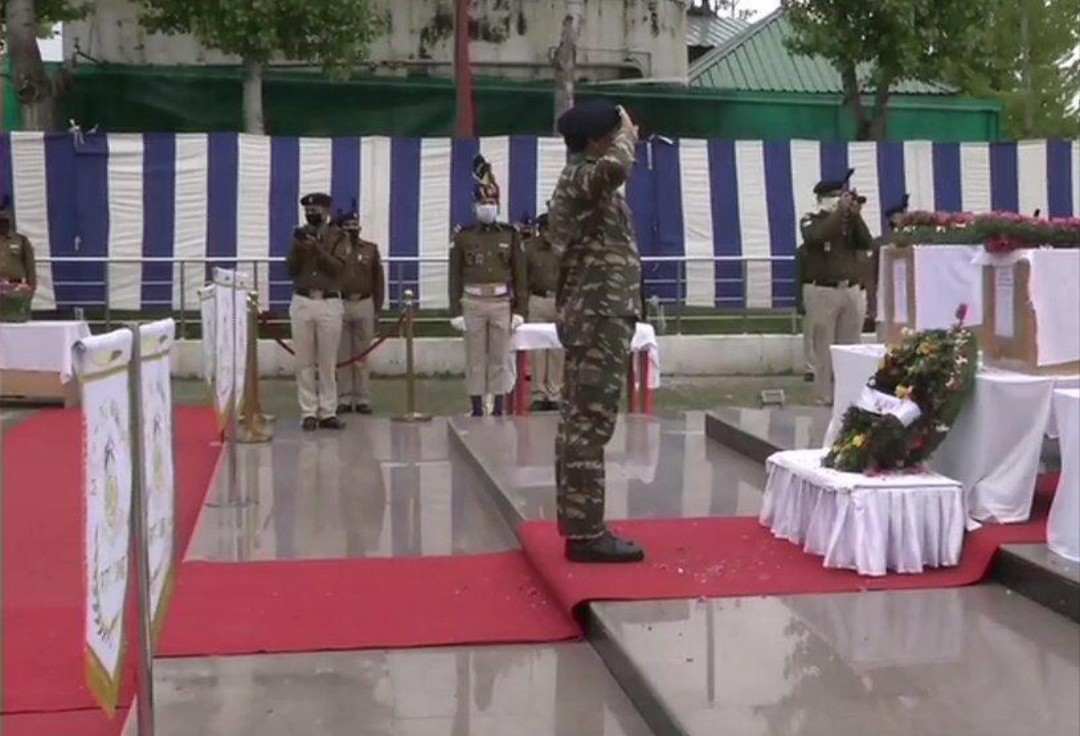Leh: Tenzin Nyima, 53, a Tibetan has served in Indian army for over 30-years. He was killed while another commando critically wounded in the blast near the shores of the Pangong Lake in Ladakh last month. The incident took place as there is face-off between India and China along the borders.
Nyima was part of the Special Frontier Force (SFF) – a covert force established after the 1962 Indo-China war and that recruits mostly from Tibetan refugees.
“He has also been on the forefront to fight against China army. He was brave and wanted to lay his life for the nation that is India,” Cheta Anchok, 55, an ex-army man, who lives in the Tibetan Colony in Choglasmar, told news agency Kashmir Indepth News Service (KINS).
“Tibetan people who are in Indian army are on the forefront to fight against Chinese troops,” he said.
There are 7,500 Tibetan refugees in Ladakh. At least 2500 reside in Choglamsar on the outskirts of Leh, the capital of Ladakh, and 5000 scattered throughout the nomadic region of Jangthang.
More than 2000 are serving in Indian army.
The Tibetan settlement in Choglamsar was started in 1960 with the blessings of the Dalai Lama, who gave it the name Sonamling Tibetan Settlement.
Chief Representative Officer of Sonamling Tibetan Settlement in Choglamsar in Leh Tseten Wangchuk, said Tibetans have the special ability to act at higher altitudes. “We are adapted to high altitudes including on glaciers.”
Another resident of the colony Choejor Tenzin said Tibetan soldiers were also on the forefront in any war.
“Tibetan army is meant to be deputed in Siachen, Pangong, Galwan, Turtuk, Drass and Kargil areas of Ladakh,” he said.
Soldiers of the Special Frontier Force unit owe their allegiance to the Dalai Lama. They are among the foremost mountain warfare experts.
The SFF recruits mostly from Tibetan refugees, thousands of whom have made India their home since the Dalai Lama fled Tibet following an uprising in 1959.
The Tibetan troopers are recruited from the dwindling population of Tibetans in India, which stood at 85,000 in 2018. SFF was raised with covert operations in mind, mainly along the Indo-China border.
Famous for its picturesque landscapes and high passes, Ladakh is dotted with Buddhist monasteries and countless stupas, and the people of Ladakh — the Ladakhis — share the ancient Tibetan Buddhist culture with the people of neighbouring Tibet.
Following the Chinese occupation of Tibet, about 80,000 Tibetans fled the country along with their leader the Dalai Lama.
stupas, and the people of Ladakh — the Ladakhis — share the ancient Tibetan Buddhist culture with the people of neighbouring Tibet.Following the Chinese occupation of Tibet, about 80,000 Tibetans fled the country along with their leader the Dalai Lama.

